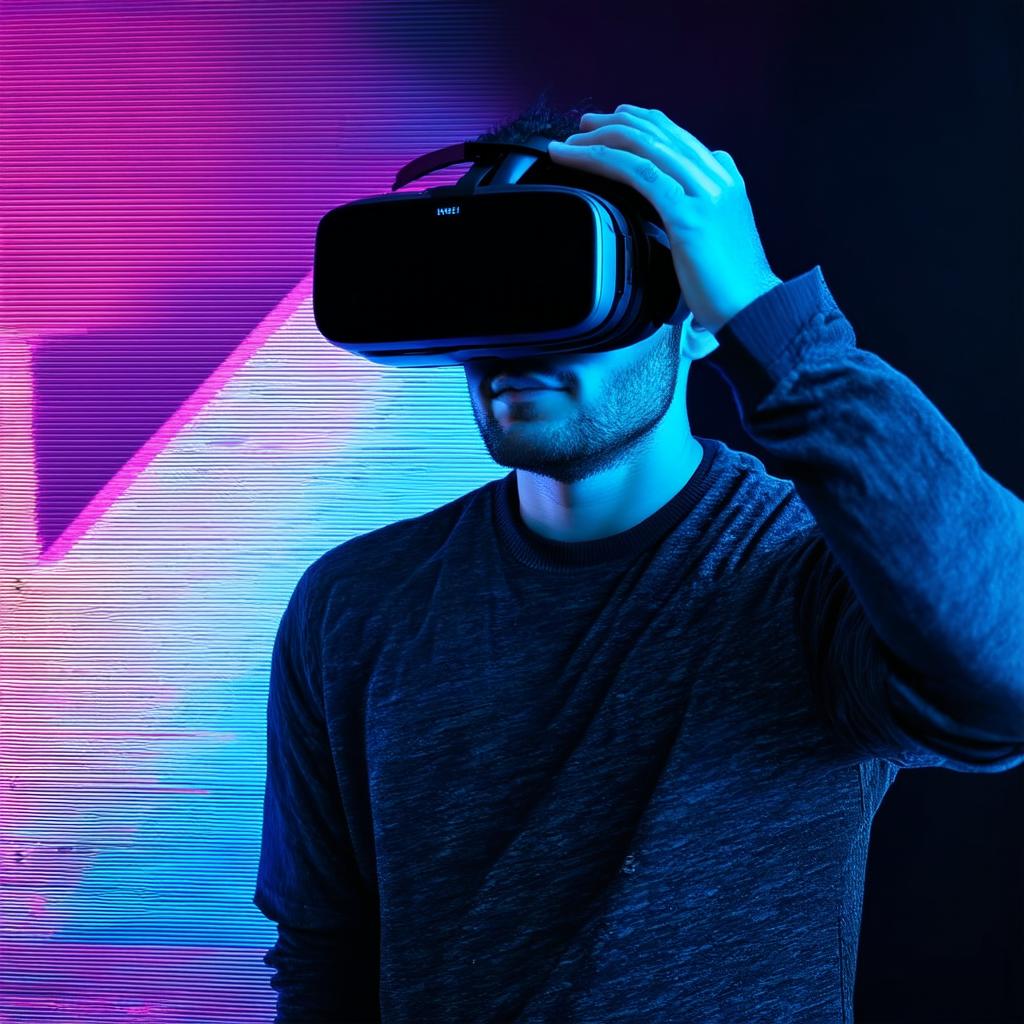Virtual reality (VR) technology has come a long way in recent years, offering users immersive and engaging experiences that transport them to entirely new environments.

Factors Contributing to Nausea in VR
There are several factors that can contribute to nausea in VR users. One of the most common is the disconnect between what the user sees, hears, and feels in virtual environments. The brain expects a certain level of consistency in sensory input, and when this is not provided in VR, it can lead to feelings of disorientation and nausea.
Another factor that can contribute to VR-induced nausea is motion sickness. This occurs when the inner ear, which is responsible for maintaining balance, receives conflicting signals from the eyes and brain. When this happens in VR, it can lead to feelings of dizziness, vertigo, and nausea.
Finally, some users may experience motion sickness because they are highly susceptible to it. This can be due to a variety of factors, including genetics, age, and medical conditions such as Meniere’s disease.
Mitigating VR-Induced Nausea: Tips and Tricks
While there is no guarantee that you will be immune to VR-induced nausea, there are several strategies that can help mitigate or prevent it. Here are some tips and tricks that you may find helpful:
- Adjust your settings: You can customize your VR experience by adjusting the settings on your headset. For example, you may be able to increase the refresh rate or reduce the motion blur, which can help alleviate nausea.
- Take breaks: It’s important to take breaks when using VR. Spending extended periods of time in virtual environments can lead to feelings of fatigue and nausea, so it’s a good idea to take short breaks every 10-15 minutes.
- Move around: Moving your body while wearing VR headsets can help prevent motion sickness. Try walking or standing up and down during your VR experience to keep your inner ear engaged.
- Use medication: If you are prone to motion sickness, there are several medications that can help alleviate the symptoms. These include anti-nausea pills and patches.
- Find a quiet place: Background noise can contribute to feelings of nausea in VR users. Try finding a quiet place to use your headset to reduce distractions.
Conclusion
Virtual reality technology has the potential to offer some truly immersive and engaging experiences. However, for some users, it can cause feelings of nausea. By understanding the factors that contribute to this phenomenon and implementing strategies to mitigate or prevent it, you can enjoy all the benefits of VR without being hindered by nausea.
